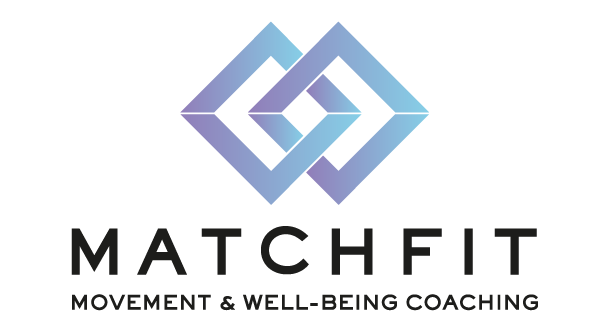Functional movement skills (FMS) are movement skills that are useful in everyday life. These include running; jumping; hopping; balancing; throwing and catching; kicking; rolling; and crawling patterns. Confidence and competency in these FMS enable greater physical health, body control, and form the foundation for engagement in physical activity and sports participation.
It is increasingly clear that with the emergence of social media, online computer games, virtual reality, and content steaming services, it is becoming more and more difficult to convince young people to leave the screens behind and get involved in some form physical activity. Intuitively, this is not without consequences to long-term health and wellbeing. However, by applying the concept of games (termed gamification) to physical activity, we can take what is clearly fun and engaging on computer screens and use it to develop FMS with the intention of restoring physical skills and health-related fitness.
There are a multitude of different ways to develop FMS and movement pattens without the need for boring and repetitive movements. Evasion games such as tag, dodge ball, bulldog, or variations of, are all great ways of increasing FMS such as; running, throwing and catching, as well as improving change of direction, reaction speed, sprinting and tactical thinking. Follow the leader or races around homemade obstacle courses, that require going over and under things, jumping small objects, and balancing can all help improving jumping, crawling, running, balance and rolling, whilst having fun, and not realising what they are actually doing. Adding different constraints (rules) to these and other activities can be a great way of targeting different FMS, for example, playing bulldog, but only being able to move whilst crawling on hands and feet, or playing football, but having to perform and jump or a squat after every pass. These can add varied dimensions to games they enjoy, keeping it fresh, engaging and developing their movement.

The essence of this is to find ways to encourage young people to regularly partake in physical activity that is fun, and allows them to perform and develop FMS and movement patterns that will have significant benefits to their health and well being long into the future.

